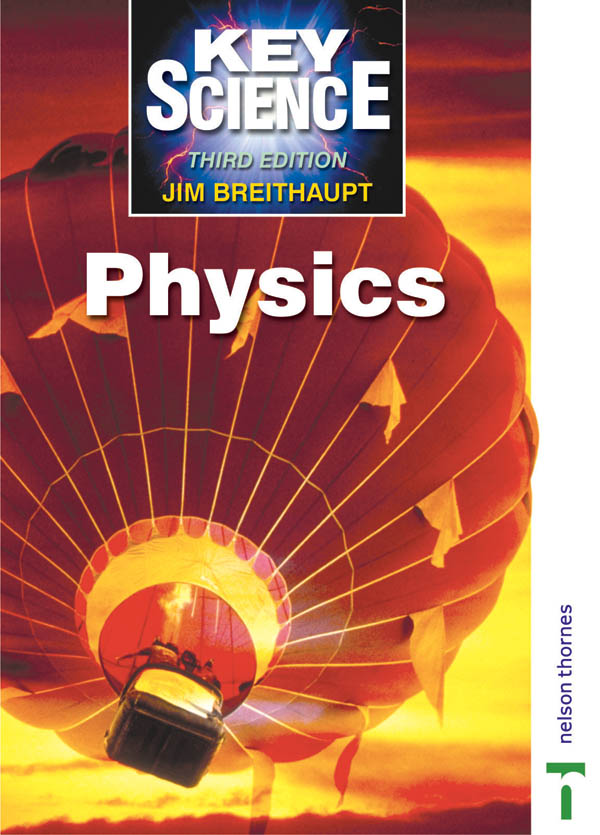
This booklet of Methods is a simple reference point for the 1-9 Physics GCSE Required Practical methods. Use this PowerPoint for a quick review… 1 Force and Motion Part A UnitsĪnimated Science 1-9 GCSE Practical Methods

The standard unit for frequency is considering the number ‘per second‘, which is called ‘hertz, Hz’, but this comes from the fundamental unit ‘second‘. This is a useful quantity, but it is a division into the time unit. These derived units are very useful to quote as measurements, but they are not fundamental as they come from fundamental units.įor example, frequency is the number of times something happens per unit of time. There are many quantities scientists measure that come from the base units.

6 Magnetism – Part C “Solenoids and Fields”.6 Magnetism – Part B “Magnets and Electromagnets””.5 Solids Liquids Gases- Part D “Ideal Gases”.5 Solids Liquids Gases- Part C “Change of State”.5 Solids Liquids Gases- Part B “Density and Pressure”.Cheese Rolling – Gravitational Potential Energy to Kinetic.4 Energy – Part D “Energy and Human Influences”.4 Energy – Part C “Work Energy and Power”.3 Waves – Part C “Electromagnetic Spectrum”.

2 Electricity – Part D “Electrical Charge – Static”.2 Electricity – Part C “Energy and Voltage”.1 Forces and Motion – Part C2b “Momentum and Moments”.1 Forces and Motion – Part C2a “Movement F = ma, Terminal V, Stopping Distances”.1 Forces and Motion – Part C1 “Shape and Hookes Law”.iGCSE Physics Introduction and Resources.11 Materials Density Springs Deformation of solids More about stress and strain.Theremin Prague Museum of Music – Capacitors!.Kindle Particles, Quantum Phenomena and Electricity.


 0 kommentar(er)
0 kommentar(er)
